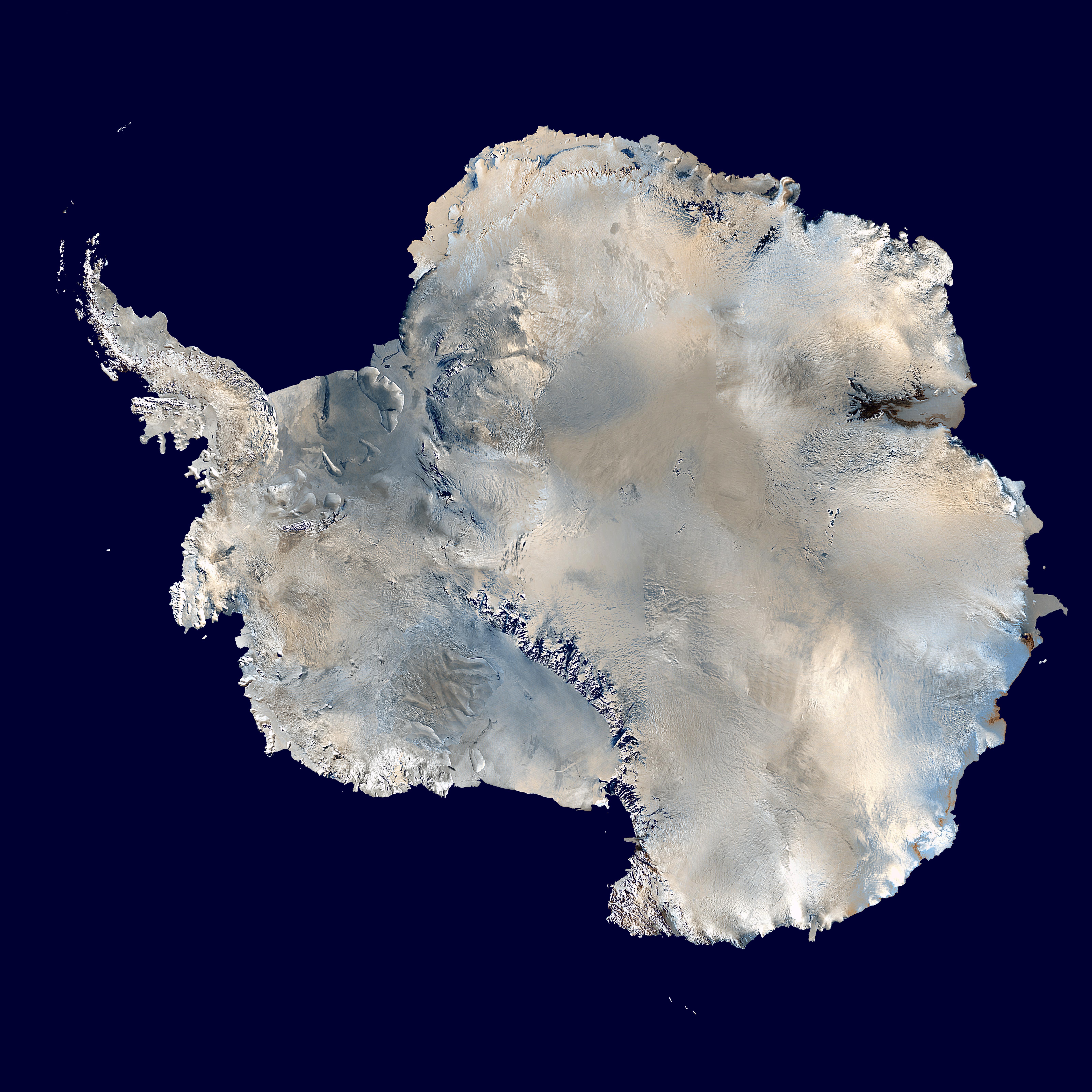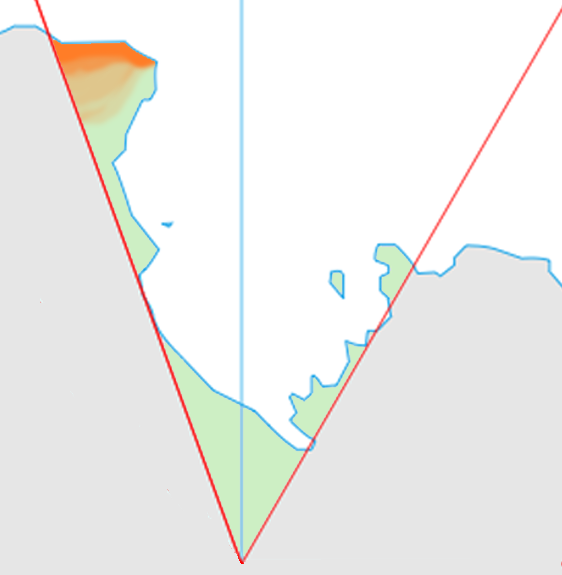|
Barren Bluff
Barren Bluff is a prominent rock bluff in the south part of the Sequence Hills along the west side of upper Rennick Glacier, Victoria Land, Antarctica. The geographical feature was so named by the northern party of the New Zealand Geological Survey Antarctic Expedition, 1962–63, because of the extremely bare (of loose rock) and exposed nature of the surface; the party had difficulty collecting sufficient stones for construction of a survey beacon. The bluff lies on the Pennell Coast, a portion of Antarctica lying between Cape Williams and Cape Adare Cape Adare is a prominent cape of black basalt forming the northern tip of the Adare Peninsula and the north-easternmost extremity of Victoria Land, East Antarctica. Description Marking the north end of Borchgrevink Coast and the west e .... References * Cliffs of Victoria Land Pennell Coast {{VictoriaLand-geo-stub ... [...More Info...] [...Related Items...] OR: [Wikipedia] [Google] [Baidu] |
Sequence Hills
Sequence Hills () is an escarpment-like hills on the west margin of the upper Rennick Glacier, about 7 nautical miles (13 km) northwest of Caudal Hills, Victoria Land. They provided the only good geological sequence in the area. Mapped and named by the northern party of New Zealand Geological Survey Antarctic Expedition (NZGSAE), 1962–63. See also *Barren Bluff *Waring Bluff Waring Bluff () is a rock bluff in the north part of the Sequence Hills, Victoria Land. Mapped by United States Geological Survey (USGS) from surveys and U.S. Navy air photos, 1960–64. Named by Advisory Committee on Antarctic Names (US-ACAN) fo ... Hills of Victoria Land Pennell Coast {{VictoriaLand-geo-stub ... [...More Info...] [...Related Items...] OR: [Wikipedia] [Google] [Baidu] |
Rennick Glacier
Rennick Glacier is broad glacier, nearly long, which is one of the largest in Antarctica. It rises on the polar plateau westward of Mesa Range and is wide, narrowing to near the coast. It takes its name from Rennick Bay where the glacier reaches the sea. The seaward part of the glacier was photographed by U.S. Navy (USN) Operation Highjump, 1946–47. The upper reaches of the Rennick Glacier were discovered and explored by the U.S. Victoria Land Traverse (VLT) in February 1960, and the first ascent made of Welcome Mountain by John Weihaupt, Alfred Stuart, Claude Lorius and Arnold Heine of the VLT party. On February 10, 1960, Lieutenant Commander Robert L. Dale, pilot of U.S. Navy (USN) Squadron VX-6, evacuated the VLT from 7238S, 16132E, on this glacier, and then conducted an aerial photographic reconnaissance to Rennick Bay on the coast before returning the VLT team to McMurdo Station. Features * Illusion Hills, small hills on the glacier * Litell Rocks, an area of rock o ... [...More Info...] [...Related Items...] OR: [Wikipedia] [Google] [Baidu] |
Victoria Land
Victoria Land is a region in eastern Antarctica which fronts the western side of the Ross Sea and the Ross Ice Shelf, extending southward from about 70°30'S to 78°00'S, and westward from the Ross Sea to the edge of the Antarctic Plateau. It was discovered by Captain James Clark Ross in January 1841 and named after Queen Victoria. The rocky promontory of Minna Bluff is often regarded as the southernmost point of Victoria Land, and separates the Scott Coast to the north from the Hillary Coast of the Ross Dependency to the south. The region includes ranges of the Transantarctic Mountains and the McMurdo Dry Valleys (the highest point being Mount Abbott in the Northern Foothills), and the flatlands known as the Labyrinth. The Mount Melbourne is an active volcano in Victoria Land. Early explorers of Victoria Land include James Clark Ross and Douglas Mawson. In 1979, scientists discovered a group of 309 meteorites A meteorite is a solid piece of debris from an ... [...More Info...] [...Related Items...] OR: [Wikipedia] [Google] [Baidu] |
Antarctica
Antarctica () is Earth's southernmost and least-populated continent. Situated almost entirely south of the Antarctic Circle and surrounded by the Southern Ocean, it contains the geographic South Pole. Antarctica is the fifth-largest continent, being about 40% larger than Europe, and has an area of . Most of Antarctica is covered by the Antarctic ice sheet, with an average thickness of . Antarctica is, on average, the coldest, driest, and windiest of the continents, and it has the highest average elevation. It is mainly a polar desert, with annual precipitation of over along the coast and far less inland. About 70% of the world's freshwater reserves are frozen in Antarctica, which, if melted, would raise global sea levels by almost . Antarctica holds the record for the lowest measured temperature on Earth, . The coastal regions can reach temperatures over in summer. Native species of animals include mites, nematodes, penguins, seals and tardigrades. Where ve ... [...More Info...] [...Related Items...] OR: [Wikipedia] [Google] [Baidu] |
New Zealand Geological Survey Antarctic Expedition
The New Zealand Geological Survey Antarctic Expedition (NZGSAE) describes a series of scientific explorations of the continent Antarctica. The expeditions were notably active throughout the 1950s and 1960s. Features named by the expeditions 1957–1958 expedition The 1957–1958 expedition went to the Ross Dependency and named the Borchgrevink Glacier. Other features named include: * Carter Ridge * Felsite Island * Halfway Nunatak * Hedgehog Island * Moraine Ridge 1958–1959 expedition * Cadwalader Beach * Cape Hodgson * Carter Ridge * Isolation Point * Mountaineer Range * Mount Aurora * Mount Hayward * Mount Henderson (White Island) * Mount Bird. 1960–1961 expedition * Deverall Island * Lonewolf Nunataks 1961–1962 expedition * Aurora Heights * The Boil * Ford Spur * Graphite Peak * Half Century Nunatak * Half Dome Nunatak * Hump Passage * Last Cache Nunatak * Lookout Dome * Montgomerie Glacier * Mount Fyfe * Mount Macdonald * Snowshoe ... [...More Info...] [...Related Items...] OR: [Wikipedia] [Google] [Baidu] |
Pennell Coast
Pennell Coast is that portion of the coast of Antarctica between Cape Williams and Cape Adare. To the west of Cape Williams lies Oates Coast, and to the east and south of Cape Adare lies Borchgrevink Coast. Named by New Zealand Antarctic Place-Names Committee (NZ-APC) in 1961 after Lieutenant Harry Pennell, Royal Navy, commander of the Terra Nova, the expedition ship of the British Antarctic Expedition, 1910–13. Pennell engaged in oceanographic work in the Ross Sea during this period. In February 1911 he sailed along this coast in exploration and an endeavor to land the Northern Party led by Lieutenant Victor Campbell. The name is also used more loosely to refer to both the coast itself and the hinterland extending south to the watershed of the Southern Cross Mountains Southern Cross Mountains is the name applied to the group of Antarctic mountain ranges lying between the Mariner and Priestley Glaciers in Victoria Land. Seaward parts of this area were first viewed b ... [...More Info...] [...Related Items...] OR: [Wikipedia] [Google] [Baidu] |
Cape Williams
Cape Williams () is an ice-covered cape in Antarctica. It is the termination of Buell Peninsula at the east side of the terminus of Lillie Glacier at the lower ends of George Glacier and Zykov Glacier. The peninsula is 15 nautical miles (28 km) long and is situated at the extremity of the Pennell Coast portion of Victoria Land Victoria Land is a region in eastern Antarctica which fronts the western side of the Ross Sea and the Ross Ice Shelf, extending southward from about 70°30'S to 78°00'S, and westward from the Ross Sea to the edge of the Antarctic Plateau. I ..., lying between Cape Williams and Cape Adare. It was discovered in February 1911 when the Terra Nova of the British Antarctic Expedition, 1910–13, explored the area westward of Cape North, and it was named for William Williams, Chief Engine-room Artificer on the Terra Nova. Headlands of Victoria Land Pennell Coast {{VictoriaLand-geo-stub ... [...More Info...] [...Related Items...] OR: [Wikipedia] [Google] [Baidu] |
Cape Adare
Cape Adare is a prominent cape of black basalt forming the northern tip of the Adare Peninsula and the north-easternmost extremity of Victoria Land, East Antarctica. Description Marking the north end of Borchgrevink Coast and the west end of Pennell Coast, the cape separates the Ross Sea to the east from the Southern Ocean to the west, and is backed by the high Admiralty Mountains. Cape Adare was an important landing site and base camp during early Antarctic exploration. Off the coast to the northeast are the Adare Seamounts and the Adare Trough. History Captain James Ross discovered Cape Adare in January 1841 and named it after his friend the Viscount Adare (the title is derived from Adare, Ireland). In January 1895, Norwegian explorers Henrik Bull and Carsten Borchgrevink from the ship ''Antarctic'' landed at Cape Adare as the first documented landing on Antarctica, collecting geological specimens. Borchgrevink returned to the cape leading his own ex ... [...More Info...] [...Related Items...] OR: [Wikipedia] [Google] [Baidu] |
Cliffs Of Victoria Land
In geography and geology, a cliff is an area of rock which has a general angle defined by the vertical, or nearly vertical. Cliffs are formed by the processes of weathering and erosion, with the effect of gravity. Cliffs are common on coasts, in mountainous areas, escarpments and along rivers. Cliffs are usually composed of rock that is resistant to weathering and erosion. The sedimentary rocks that are most likely to form cliffs include sandstone, limestone, chalk, and dolomite. Igneous rocks such as granite and basalt also often form cliffs. An escarpment (or scarp) is a type of cliff formed by the movement of a geologic fault, a landslide, or sometimes by rock slides or falling rocks which change the differential erosion of the rock layers. Most cliffs have some form of scree slope at their base. In arid areas or under high cliffs, they are generally exposed jumbles of fallen rock. In areas of higher moisture, a soil slope may obscure the talus. Many cliffs also feat ... [...More Info...] [...Related Items...] OR: [Wikipedia] [Google] [Baidu] |




